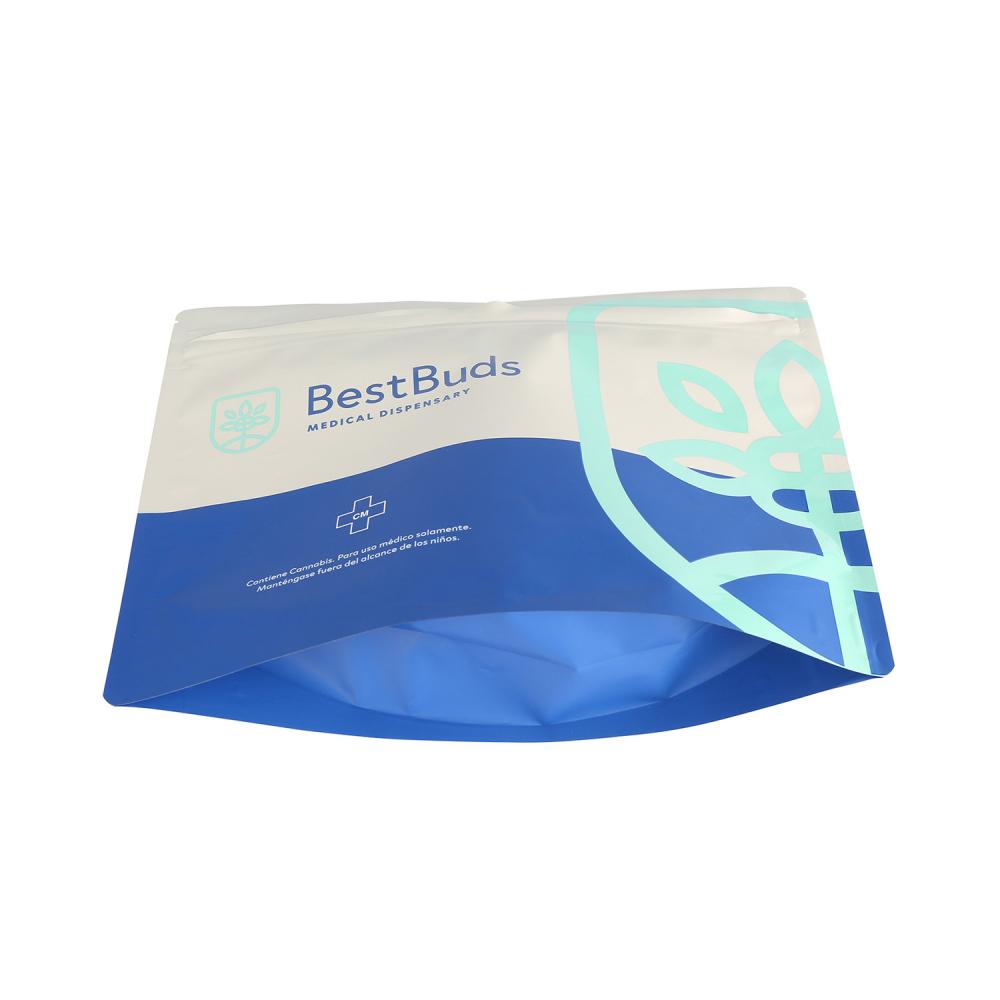In the bustling world of parenting, ensuring the safety of our little ones is a top priority. From securing furniture to installing outlet covers, parents go to great lengths to create a safe environment. Child lock packaging is a valuable tool in this endeavor, yet many parents are puzzled by its complexity. In this guide, we’ll delve into the importance of child lock packaging, tips for identifying it, and how to effectively use it to keep your curious explorers safe.
Children’s Safety Packaging: What You Need to Know
Children’s Safety Packaging is crucial to prevent accidents. Always choose child-resistant closures to secure harmful substances. Prioritize safety over convenience.
The Curious Nature of Children
Children are naturally curious beings, driven by an insatiable desire to explore the world around them. As they navigate their surroundings, they often encounter household items that can pose risks if mishandled. Child lock packaging acts as a safeguard, preventing access to potentially harmful substances or objects.
The Role of Child Lock Packaging
Child lock packaging is designed to be a barrier between your child and potentially dangerous items such as medications, cleaning supplies, and sharp objects. It adds an extra layer of protection, giving parents peace of mind and allowing children the freedom to explore without unnecessary risks.
Identifying Child Lock Packaging
Ensuring child safety is paramount. Look for distinctive child-resistant features, like press-and-turn caps or double-lock mechanisms, when purchasing products.
Visual Clues
Child lock packaging often boasts distinct visual cues that set it apart from regular packaging. Look for logos, symbols, or labels indicating child safety features. These may include images of a lock, a childproof icon, or explicit wording like “child-resistant.”
Reading Product Descriptions
Take the time to read product descriptions and labels. Manufacturers are legally obligated to provide information about safety features on their packaging. Look for phrases such as “child-resistant closure” or “tamper-evident seal” to identify child lock packaging.
Researching Brands and Products
Certain brands prioritize child safety and incorporate innovative packaging solutions. Research popular household items and their respective manufacturers to identify products that go the extra mile in childproofing.
Types of Child Lock Packaging
Child lock packaging comes in various forms, including twist caps, push-and-turn lids, zipper closures, and blister packs. Each design prioritizes child safety, preventing access to potential hazards.
Push-and-Turn Mechanisms
One common type of child lock packaging involves a push-and-turn mechanism. Bottles or containers with this design require the user to push down on the cap while simultaneously turning it to open. This combination of actions can be challenging for small hands to replicate, preventing unauthorized access.
Squeeze-and-Turn Caps
Squeeze-and-turn caps are another effective child lock design. These closures necessitate a squeezing motion along with a turning action to unlock. The coordination required makes it difficult for young children to manipulate, ensuring that the contents remain secure.
Slide or Snap Closures
Some child lock packaging relies on sliding or snapping mechanisms. These closures demand a specific sequence of movements to open, acting as a deterrent for children while remaining accessible to adults who understand the mechanism.
Utilizing Child Lock Packaging Effectively
Ensuring child safety is paramount, necessitating Child Lock Packaging. Opt for secure designs like child proof mylar bags, educate caregivers on proper usage, and maintain adult accessibility, effectively deterring children.
Educate Yourself
Before using products with child lock packaging, familiarize yourself with the specific mechanisms involved. Understanding how to properly open and close the packaging ensures that you can access the contents when needed while keeping them secure from your child’s reach.
Store Items Out of Reach
Even with child lock packaging, it’s essential to store potentially harmful items out of your child’s reach. Place them in high cabinets or drawers that are inaccessible to little hands. This additional measure reinforces the effectiveness of child lock packaging.
Communicate with Caregivers
If your child spends time with caregivers or in daycare, communicate the importance of using child lock packaging consistently. Share information about the specific products in your home that require extra precautions and demonstrate how to properly secure them.
Overcoming Challenges
Overcoming challenges is an inherent part of life’s journey. Each obstacle presents an opportunity for growth, resilience, and self-discovery.
Patience is Key
Child lock packaging is designed to be challenging for children but manageable for adults. While it may take a few extra seconds for you to access items, the safety benefits far outweigh the minor inconvenience. Cultivate patience as you navigate these safety measures.
Seek Alternative Options
If you find a particular type of child lock packaging cumbersome, explore alternative options. Different brands and products may offer varying designs that better suit your preferences and lifestyle.
Final Words
In the intricate tapestry of parenthood, child lock packaging emerges as a crucial thread dedicated to the safety of our little ones. By understanding its significance, identifying its various forms, and utilizing it effectively, parents can create a secure environment where children can explore, learn, and grow without unnecessary risks. Child lock packaging is not just a safety feature; it’s a testament to the commitment we have in safeguarding the most precious members of our families.










